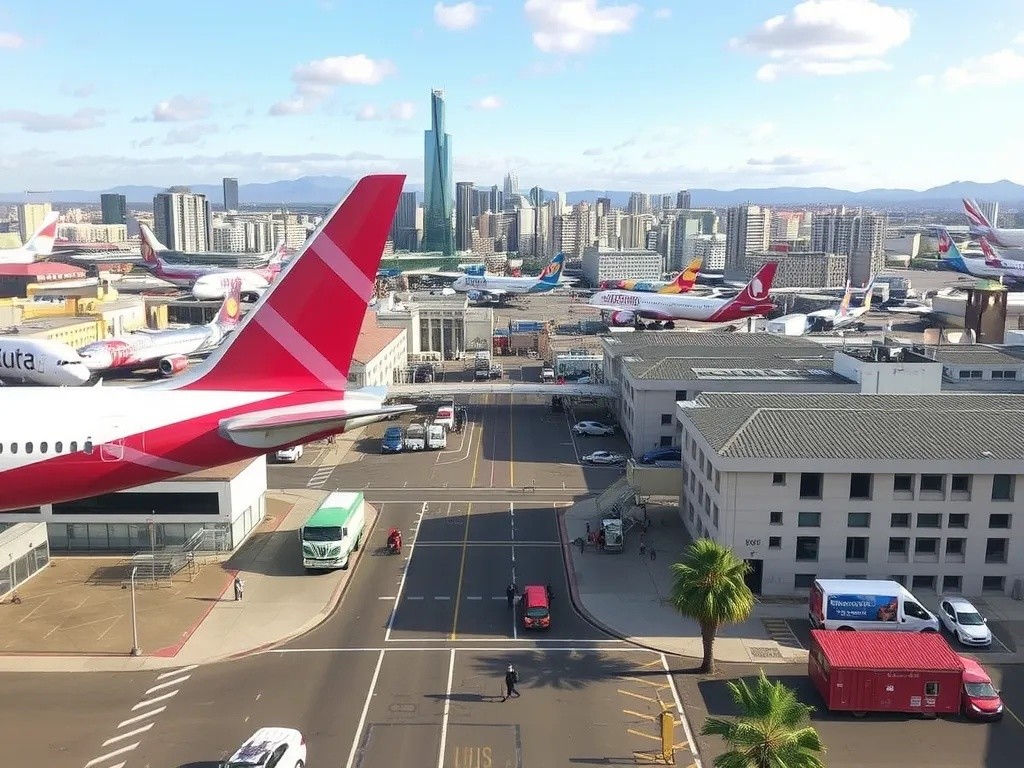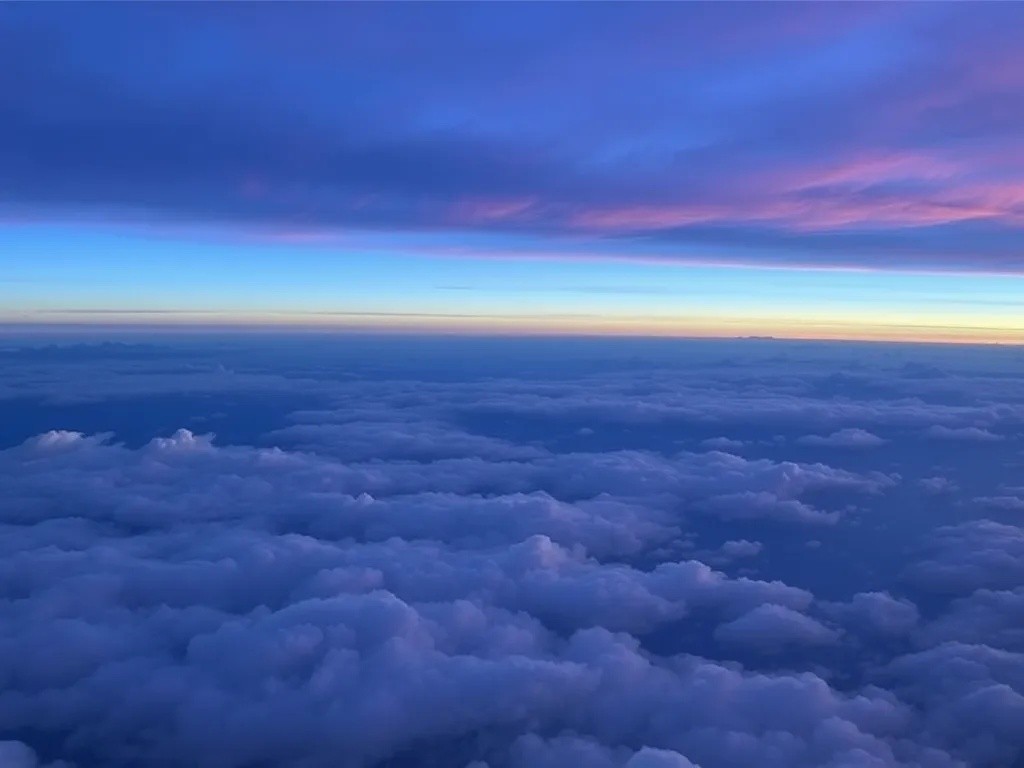In an era where budget airlines advertise tickets for seemingly impossible prices, travelers are booking flights more frequently than ever before. That $29 fare to another country sounds like an incredible deal, but is it really? The truth is that cheap flights come with costs that extend far beyond the advertised price tag, affecting your wallet, your comfort, and the planet itself.

The Illusion of Low Prices
When you see a flight advertised for an unbelievably low price, it's important to understand that airlines have become masters at unbundling services. What once came standard with your ticket is now sold separately, and those add-ons accumulate quickly.
Hidden Fees That Add Up
Budget carriers have perfected the art of the upsell. Your base fare might be cheap, but consider what you're not getting:
- Seat selection fees ranging from $5 to $50 per flight segment
- Carry-on baggage charges that can cost $35-$60 each way
- Checked luggage fees starting at $30 and increasing with weight
- Onboard food and beverages at premium prices
- Priority boarding that can cost an additional $15-$30
- Printing boarding passes at the airport instead of online
By the time you've added the essentials, that $29 ticket can easily balloon to $150 or more. Suddenly, the price difference between a budget carrier and a traditional airline becomes much smaller, especially when legacy carriers include baggage and seat selection in their fares.
The Quality Trade-Off
Comfort and Convenience Compromises
Cheap flights often mean sacrificing comfort in ways that can impact your entire travel experience. Ultra-low-cost carriers maximize profits by fitting more seats into their aircraft, reducing legroom to as little as 28 inches compared to the standard 30-32 inches. These cramped conditions can make even short flights uncomfortable and longer journeys nearly unbearable.
Additionally, budget airlines frequently operate from secondary airports located far from city centers. While the flight itself might be cheap, you could spend an extra hour traveling to the airport and pay significantly more for ground transportation. A flight that saves you $50 might cost you $40 in extra taxi or train fares, plus several hours of your valuable time.
Schedule Inconveniences
To keep costs down, budget airlines often schedule flights at less desirable times. Early morning departures at 6 AM or late-night arrivals might require expensive overnight accommodation on either end of your journey. Red-eye flights can leave you exhausted, wasting the first day of your trip or requiring recovery time that cuts into your vacation or business schedule.

Environmental Consequences
The Carbon Cost Nobody Sees
Perhaps the most significant hidden cost of cheap flights is the environmental impact. The aviation industry accounts for approximately 2-3% of global carbon emissions, and the proliferation of budget carriers has contributed to a dramatic increase in air travel frequency.
When flights are cheap, people fly more often for shorter trips that could have been accomplished by train or car. Weekend getaways to nearby countries become commonplace, multiplying the carbon footprint of leisure travel. A single round-trip flight from New York to London generates roughly 1.6 tons of CO2 per passenger, equivalent to driving a car for several months.
Encouraging Overconsumption
Low prices have transformed flying from a special occasion into a casual commodity. This shift in perspective has environmental ramifications that extend beyond carbon emissions. Increased flight frequency means more noise pollution near airports, greater fuel consumption, and accelerated wear on airport infrastructure requiring constant expansion and maintenance.
Economic and Social Impacts
Labor Conditions in the Aviation Industry
The business model of ultra-low-cost carriers often relies on minimizing labor costs. Flight attendants and ground staff may work under contracts that offer minimal benefits, limited job security, and wages that struggle to keep pace with the cost of living. Some budget airlines employ crew members as independent contractors, denying them the protections and benefits of traditional employment.
Pilots at budget carriers sometimes face pressure to minimize fuel consumption and turnaround times, potentially compromising safety margins. While commercial aviation remains remarkably safe, the cost-cutting culture inherent to budget airlines adds stress to an already demanding profession.
Impact on Tourism Destinations
Cheap flights have democratized travel, but they've also contributed to overtourism in popular destinations. Cities like Barcelona, Venice, and Amsterdam have struggled with the influx of short-term visitors who arrive via budget airlines, straining local infrastructure and degrading the quality of life for residents. The economic benefits of tourism often don't offset the social and environmental costs borne by local communities.

Making Informed Choices
Calculate the True Cost
Before booking that tempting bargain fare, take time to calculate the complete cost of your journey. Include baggage fees, seat selection, transportation to and from secondary airports, and the value of your time. Compare this total against traditional carriers offering bundled fares, and you might find the price difference is negligible.
Consider Alternatives
For shorter distances, high-speed rail can be competitive with flying when you factor in airport transit times and security procedures. Trains typically offer more comfortable seating, reliable WiFi, and the ability to work or relax throughout the journey. They also produce significantly fewer emissions per passenger mile.
Fly Responsibly When You Must
When air travel is necessary, consider carbon offset programs, choose direct flights when possible to minimize emissions per mile traveled, and pack light to reduce aircraft weight and fuel consumption. Supporting airlines with strong environmental commitments and fair labor practices sends a market signal that these values matter to consumers.
Conclusion
Cheap flights have revolutionized travel, making distant destinations accessible to millions who couldn't afford them before. However, the true cost of these bargain fares extends far beyond the advertised price. From hidden fees and reduced comfort to environmental degradation and labor exploitation, society pays a price for our addiction to cheap air travel. By understanding these hidden costs and making more informed decisions, travelers can balance the desire for affordable travel with responsibility toward the planet, airline workers, and the communities they visit. Sometimes, the cheapest option isn't really cheap at all.
